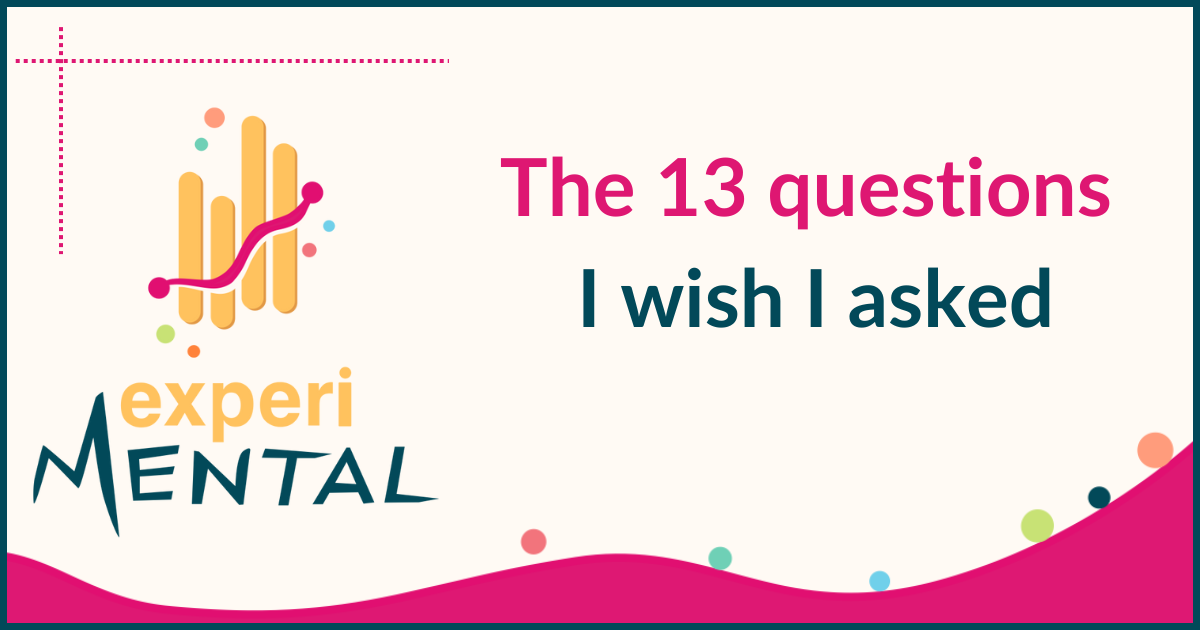This article is part of the 🔒 paid tier 🔒, but all subscribers can access a free preview of the article below.
The definition of a North Star metric

Earth is so pretty. Why am I at my computer?!
North Star is not a tech term. It refers to a star in our sky that stays in the same spot and was a way to help sailors and navigators know where true North is. Businesses adopted it creating something called a North Star metric.
A North Star metric is a SINGULAR measurement that’s the best predictor of your company’s long-term success.
Think of it as a compass for your teams to rally around and use as a guiding light when making decisions.
The importance of having a North Star metric
A North Star metric helps avoid the mistake of thinking rowing fast = rowing together.

The cartoon says it all 😀.
A North Star metric clearly articulates the value of your team’s work. It tells your team how to measure success but also what to keep in mind when they’re thinking about what to build. Most importantly, it puts your customer at the forefront of decisions. For any business, the single best strategic thing you can do is to pick a North Star metric.
Examples of North Star metrics

A couple things to notice:
They are similar to each other
North Star metric is never revenue
They represent what the company is known for
Let’s dig into 2 examples:
Start a 14 day free trial
to read the rest and access other paid benefits
Start trial nowPaid subscribers unlock:
- 2-3 monthly subscriber only articles
- Unlimited access to 30+ (and growing) articles



